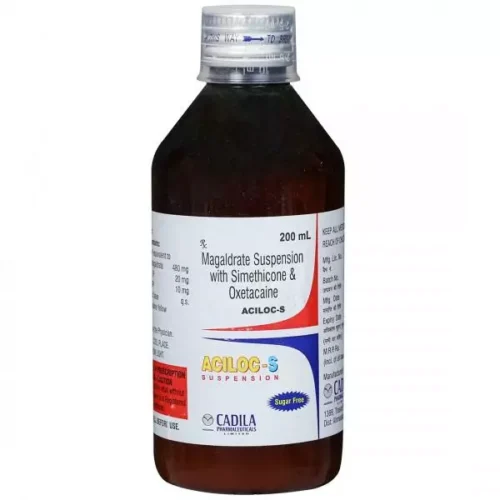Use:
This drug belongs to a group of medicines called anti-diabetes drugs. It’s a combination of drugs used to treat adults with type 2 diabetes. It helps manage blood sugar levels in diabetics.
Indication:
It should be taken in conjunction with food. To get the most out of it, it should be taken at the same time every day. Your doctor will determine the best dose for you based on how it is working based on your blood sugar level.
It is important to continue taking this medicine even if you feel fine or your blood sugar is under control. If you stop taking it without talking to your doctor, it could cause your blood sugar levels to increase and you could be at risk of kidney failure, blindness, nerve damage and even limb loss.
This is just one part of a comprehensive treatment plan that should include a good diet, regular exercise and weight loss according to your doctor’s advice. Your lifestyle plays an important role in managing diabetes.
Side Effects:
One of the most common side effects of this medication is hypoglycemia (low blood sugar). It is important to be aware of the symptoms of hypoglycemia and know how to manage them. For example, you may experience sweating or dizziness, headaches, and shaking. To avoid hypoglycemia, it is important to eat regularly and always bring a fast-acting glucose source with you, such as sugary foods or fruit juice. Drinking alcohol can also increase the risk of hypoglycaemia.
Other side effects of this medicine include: Taste changes, Nausea, Vomiting, Stomach pain, Headache, Elevated swelling, Blurred vision, Broke bones. Some people find that they gain weight with this medicine.
Safety Advice:
it may not be suitable for you if you have: Type 1 diabetes mellitus, Diabetic ketoacidosis, Severe kidney or liver disease, Tell your doctor if you’ve ever had heart disease, If you’re pregnant or breastfeeding. Your blood sugar level should be monitored on a regular basis and your doctor may recommend blood tests to check your blood cell count and liver function














